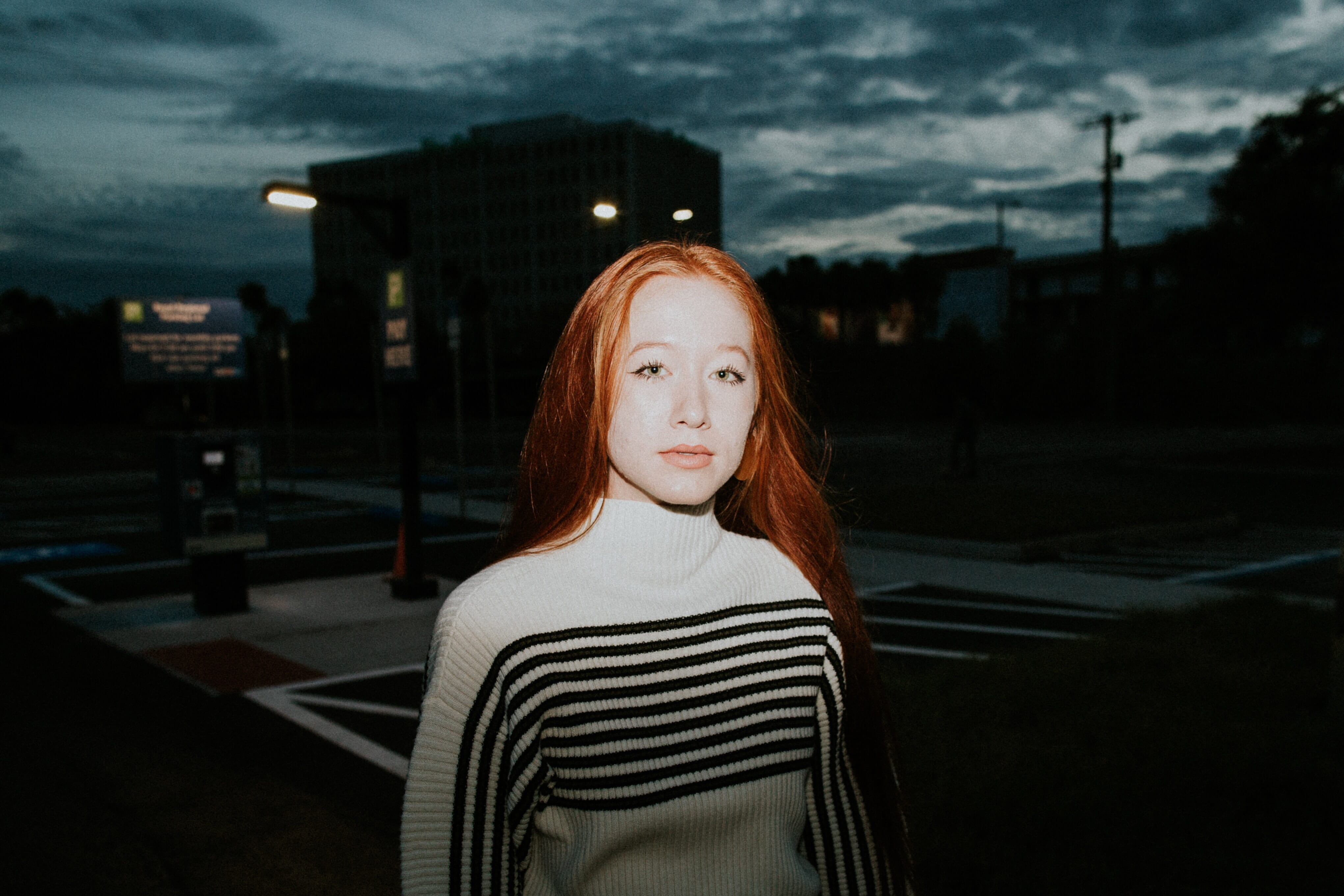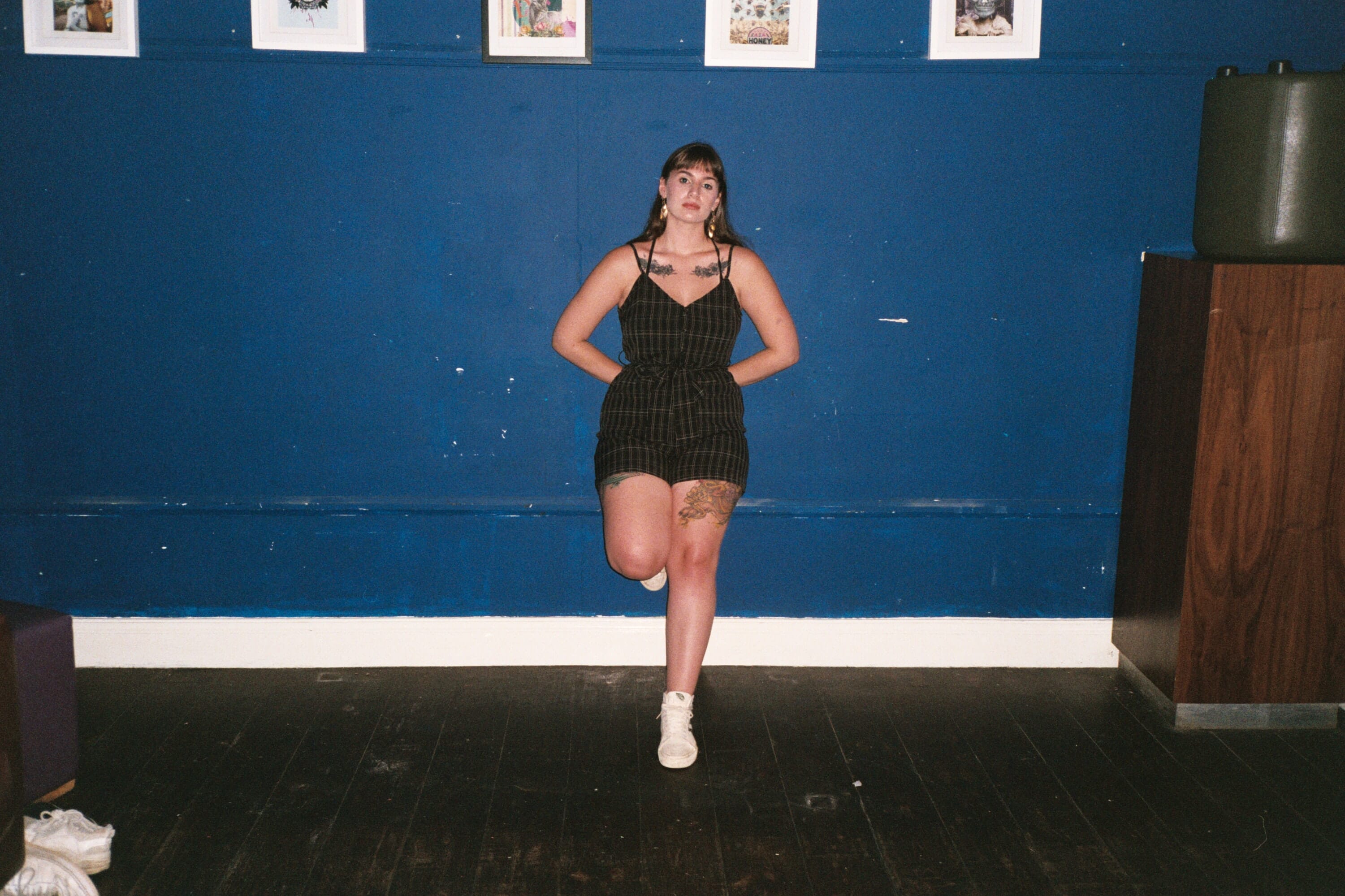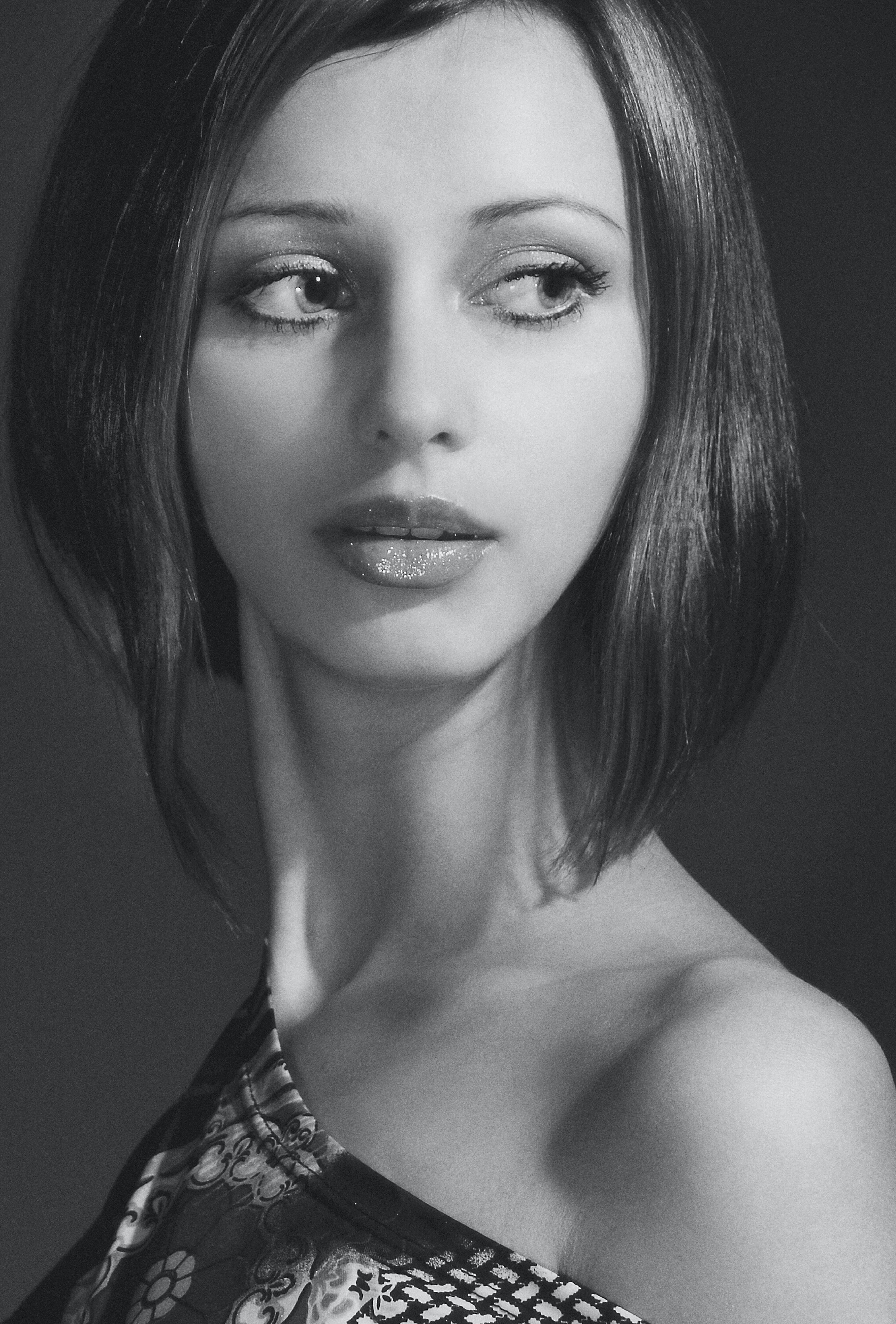Editor’s Key Takeaways: Mastering Direct Flash for Stunning Photography

Direct flash photography isn’t the most common method among serious photographers, but it can create stunning effects when used correctly. This article provides a thorough guide on using direct flash effectively, explaining various aspects and considerations.
- What Is Direct Flash?
Direct flash involves pointing your flash directly at the subject without adding any modifiers. The flash is aligned with the camera, resulting in a bright, harsh look.
- Is Direct Flash a Good Idea?
Direct flash is common among beginners due to its ease of use, often achieved using a camera’s pop-up flash. However, professionals avoid it because it produces very harsh and unflattering light. They prefer softening the light and moving the flash off-camera for more sculpted images.
- When Should You Use Direct Flash?
Despite its criticisms, direct flash has specific applications in creating certain effects, capturing candid moments, or mimicking vintage photography styles.
- What Type of Flash Should You Use?
Choosing the right flash equipment is crucial. While the pop-up flash on cameras is an example of direct flash, external flash units offer more power and control.
- Direct Flash Vs Bounce Flash
Bounce flash, where the light is reflected off surfaces before hitting the subject, is often preferred for its softer and more flattering effect. Direct flash, however, is useful in unique scenarios that require a bold, direct light source.
In conclusion, while direct flash is viewed critically by professionals, it has its own niche applications that can produce extraordinary results when used thoughtfully.
Introduction
Direct flash photography isn’t the most common method of shooting among serious photographers–but it does have its place, and if you can use it correctly, you can create stunning effects.

So in this article, I’m going to share with you everything you need to know about direct flash.
That way, by the time you’ve finished, you’ll know how to use direct flash for amazing results in all sorts of situations.
Let’s dive right in.
Direct Flash Photography Tutorial:
What Is Direct Flash?
Direct flash refers to a very particular type of artificial lighting:
You point your flash at the subject.
You don’t add any modifiers (such as umbrellas or softboxes).
You make sure the flash is lined up with the camera (so that the lens and the flash are both pointed in the exact same direction).
You take a shot.
It’ll give you a very bright, very harsh, in-your-face type look, like this:

Is Direct Flash a Good Idea?
Direct flash is very common among beginners, because it’s easy to pull off. If you use your camera’s pop-up flash, you’re getting a direct flash result, no matter what, because it’s a naked flash pointed straight at your subject.
But direct flash is very rare in the work of professionals, because it’s just too harsh, too contrasty, and too unflattering.
Professional photographers love to soften the light, because this helps create more flattering, lower-contrast lighting, like this:

Professionals also love to move the flash out of line with the camera–in other words, they move the flash off to the side or above/below–because that’s what allows for more three-dimensional, sculpted images:

That said…
…while photographers almost universally criticize the use of direct, on-camera flash…
…it does have a place in the photography world.
First, you can use direct flash when you need to light a subject and you have no other way of doing it. A direct flash setup might not look good, but it’ll get the job done.
Second–and more importantly–you can use direct flash when you want to achieve a very bright, punchy, harsh image.

It may go against everything you’ve ever been taught, but there are a number of famous portrait photographers that use direct flash for striking photos.
And it’s not just in the portrait/fashion world that flash is used in such an unusual way; photojournalists sometimes use direct flash to illuminate their subjects and create very in-your-face images. Even food photographers use direct flash to emphasize details.
Direct flash photography is sometimes described as “heightened,” and for good reason. Direct flash creates images that are intense and borderline surreal. Colors are strong. Exposures are blown out. But, if you do it carefully, you can create some truly unique results.
When Should You Use Direct Flash?
You should use direct flash very sparingly.
As I mentioned above, direct flash makes sense in situations where you have no other method of lighting your subject.
(Though I’d recommend trying to bounce the flash, if possible, for a softer effect.)
Otherwise, unless you have a very clear idea of the direct flash look that you want–in other words, you can see how direct flash will help you achieve the photo you’re after–then I’d suggest sticking to softer, non-direct lighting.
But if you do know what you want to produce, and it’s that “heightened” look I described above, by all means, try it!
It may take some experimentation. It may take some work. But if you’re patient and willing to make mistakes, then you might end up with some very out-of-the-box images.
Now, if you’re trying to figure out more specific times when direct flash works, here’s what I’d suggest:
Direct flash is interesting when the scene offers vibrant colors already (because direct flash will make them stand out, to the point that they’re interestingly garish).
Like this:

It’s also interesting when you’re aiming to create an unusual glamour look. Or you have a scene where everything–including both the foreground and background–are interesting as a flat, two-dimensional type image.
What Type of Flash Should You Use?
You can capture direct flash photos with any type of artificial lighting. This includes speedlights, strobes, and even the infamous pop-up flash, which normally looks horrible but works for creative direct flash work.
Just make sure that you position the flash on top of your camera or just beside the lens; you want flat light. And make sure that the light is unmodified. For direct flash photos, leave behind your softboxes, your diffusers, and your umbrellas! It’s about capturing harsh, powerful, contrast-heavy images, which means that modifiers don’t have a place.
Direct Flash Vs Bounce Flash
If you’re just starting to work with flash–and especially if you’re in situations where you have a speedlight, but you can’t mount it off-camera–you may be wondering:
Should I use direct flash or bounce flash?
Note that a bounce flash technique involves bouncing the light off the walls/ceiling/reflector onto your subject, rather than hitting the subject directly.
So if you were taking photos of a person in a low-ceilinged room, you might point the flash upward, then bounce the light back onto your subject.
What’s the advantage of this?
Well, bouncing the flash allows you to create a softer, more flattering quality of light.
And bouncing the flash in different directions ensures you get shadows where you want them; by bouncing light off the ceiling, you can achieve a somewhat glamorous look (called butterfly lighting), and by bouncing light off the walls, you can achieve some form of sidelighting (Rembrandt light or loop lighting, depending on the angle of your flash).
The problem with bounce flash is that you can’t always do it. If you’re photographing outdoors, bounce flash just isn’t possible–the clouds are too far away to reflect a speedlight! And if you’re in a high-ceilinged room it’s tough, same with if the walls or ceilings are dark and therefore not especially reflective.
Also note that bounce flash techniques will soften the light and add potentially flattering shadows. But if you’re not interesting in a softer, flattering result–that is, if you’re after vibrant, almost shocking images–then go with direct flash.
Direct Flash Photography: Conclusion
Direct flash may not be a common form of photography, especially among more serious shooters.
But there are reasons to use it, and there are times it’ll help you achieve the look you’re after.
So don’t be afraid to work with direct flash!

Is direct flash photography bad?
Most of the time, yes. Beginners often use off-camera flash without understanding that it produces a “deer in the headlights” look. But experts can use direct flash for interesting, vibrant, high-intensity images.
Should you use a pop-up flash in your photography?
I don’t recommend it, unless you’re after a strong direct flash look. As I explain in the article, direct flash rarely looks good, but with a lot of experimentation you can make it work for you. Just don’t expect soft, flattering light!
What is direct flash?
Direct flash is a technique where you mount your flash next to your camera lens (or above it, or below it), and just fire away. You work without modifiers, so you end up with a very hard, flat result.
